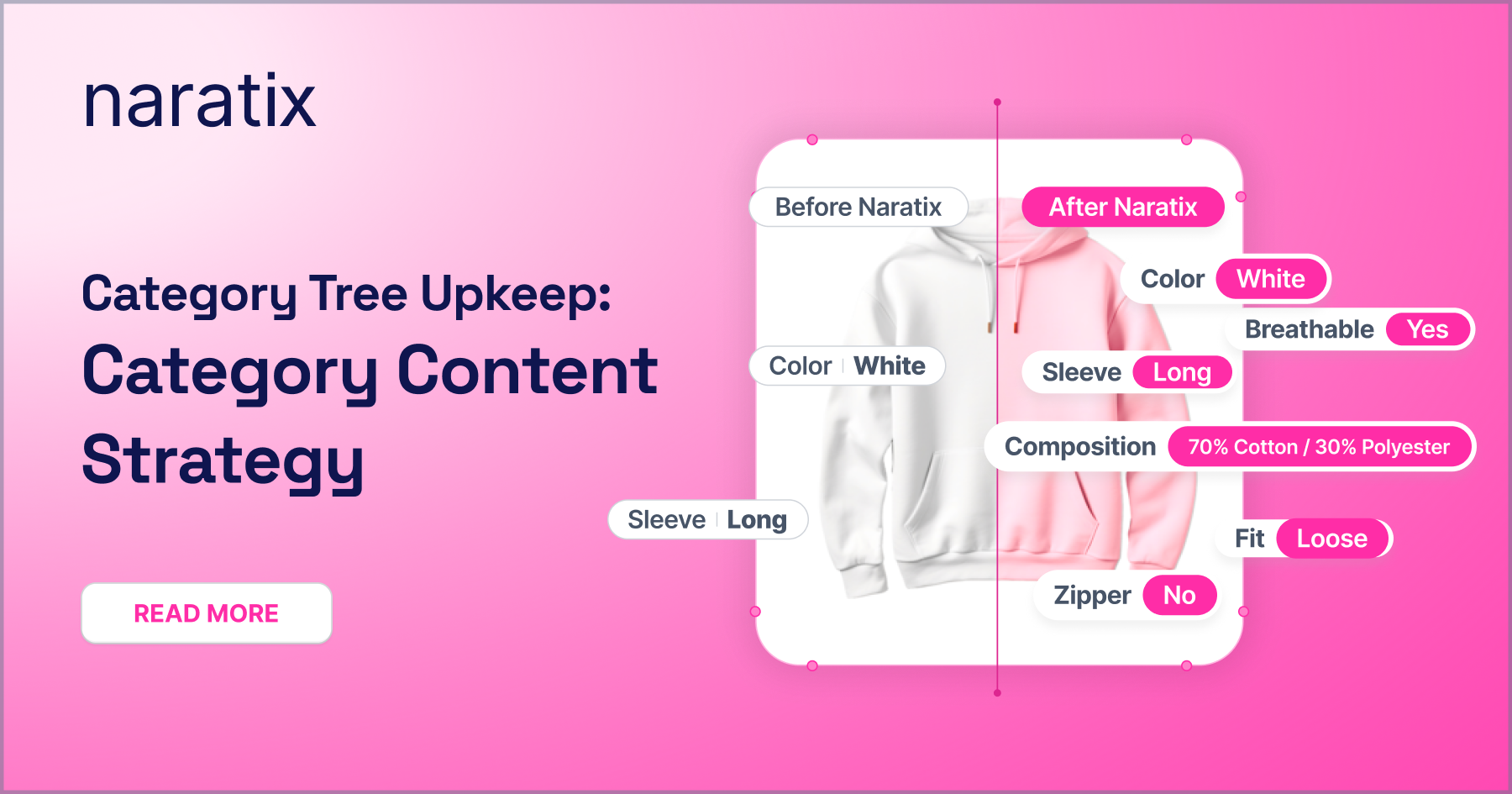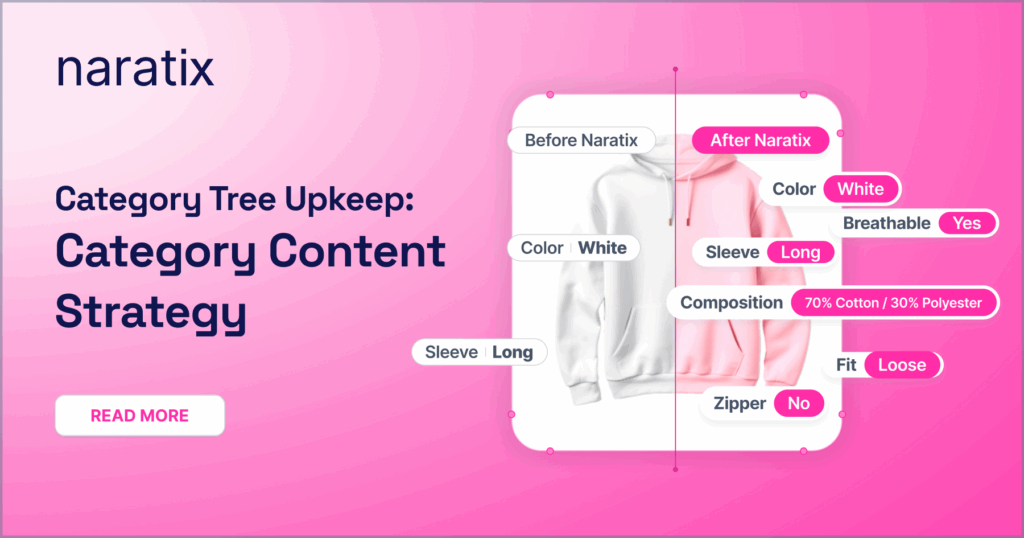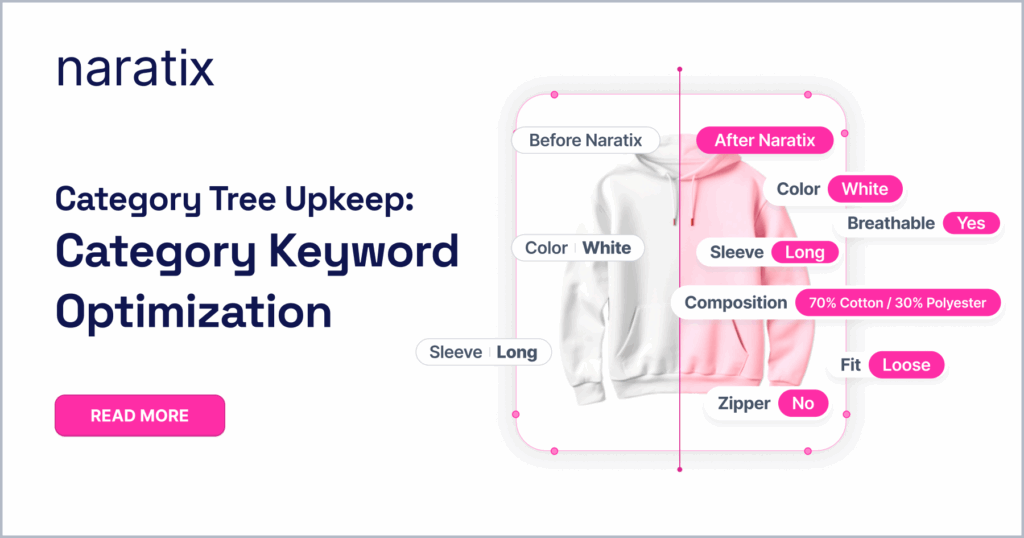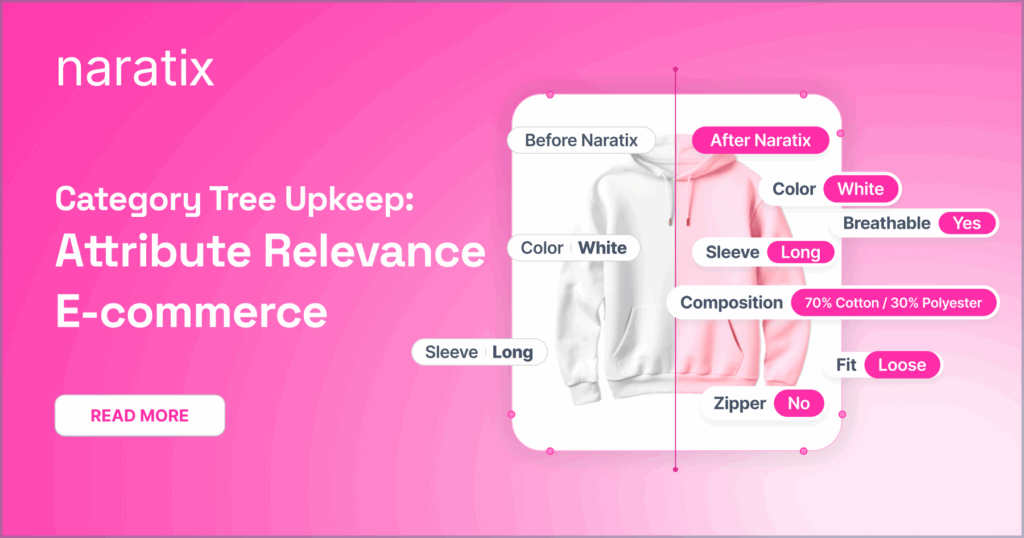Category content strategy is no longer optional for e-commerce teams. In the past, many stores used category pages as simple directories, a place to group products under a basic label. But today, those same pages carry serious weight. They help drive organic traffic, build topical authority, and guide users through their shopping journey. The strongest-performing stores treat category pages as content hubs, not just product listings. And if you’re not doing the same, you’re missing a major growth lever.
What It Means to Treat Category Pages as Content Hubs
A content hub is a central page that connects related content around a shared topic. In e-commerce, your category page becomes the hub when it anchors not just products but also guides, subcategories, featured collections, and SEO content. It’s where shoppers land when they search for a product type, and it sets the tone for what they explore next.
By using a strong category content strategy, your page can:
- Introduce the product group clearly and persuasively
- Link to subcategories and featured buying guides
- Include helpful SEO-driven descriptions and FAQs
- Serve as a starting point for deeper content journeys
These elements not only improve SEO but also enrich the customer experience.
Why This Matters for SEO and UX
Search engines prefer structured, informative pages. A category page that contains nothing but product thumbnails is a weak signal. But when it includes relevant content, internal links, and keyword context, it becomes much easier to rank. This is especially important for competitive terms, where every advantage counts.
From a UX perspective, informative category pages reduce bounce rates and improve navigation. They help answer key questions early, like what’s included in the collection, how to choose the right item, and what makes this selection unique. The more confident the shopper feels, the more likely they are to convert.
Key Elements of a Strong Category Content Strategy
To turn your category pages into effective content hubs, follow these essential principles. These components should work together to build a structured, search-friendly, and conversion-ready experience.
Write a Clear, Keyword-Focused Introduction
Every category page should start with a short description that includes the main keyword. This sets the stage for search engines and helps customers quickly understand the purpose of the page.
Use Internal Links That Guide and Support
Include links to related categories, filters, and helpful articles. These connections keep users engaged and make it easier for search engines to crawl your site.
Add Rich Content That Informs and Converts
Go beyond basics. Include buying advice, style notes, or care tips if relevant. This turns passive pages into active sales tools.
Include Structured Subsections Where Needed
For larger collections, break content into logical parts—such as by brand, trend, or use case. This improves scannability and keeps the experience smooth.
Update Content Regularly to Stay Relevant
Category pages should evolve with seasons, trends, and inventory. Stale content signals to both users and search engines that your store is out of date.
One Smart Way to Add Value Without Clutter
Many teams worry that adding too much content will overwhelm the product grid. But the key is strategic placement and formatting. One effective method is to use collapsible sections or expandable FAQs. These allow you to deliver value and SEO context without crowding the page.
- Expandable FAQs: Address top customer questions without interrupting flow
- Seasonal content banners: Promote limited collections with timely relevance
- Read more links: Keep content skimmable while offering full detail when needed
A strong category content strategy turns basic product lists into high-performing assets. These pages become your site’s foundation for organic search, customer education, and internal linking. They should not be afterthoughts, they should be optimized with the same attention you give to product pages or landing pages. When you treat your category pages like content hubs, you build trust, drive traffic, and support long-term growth.



